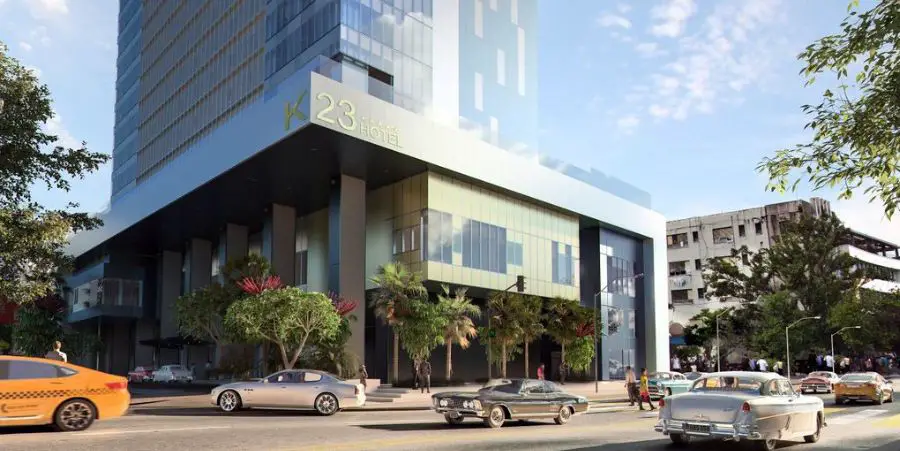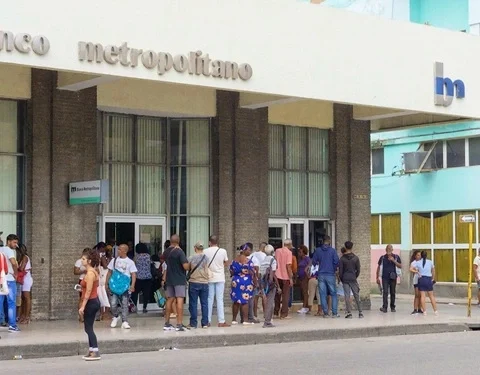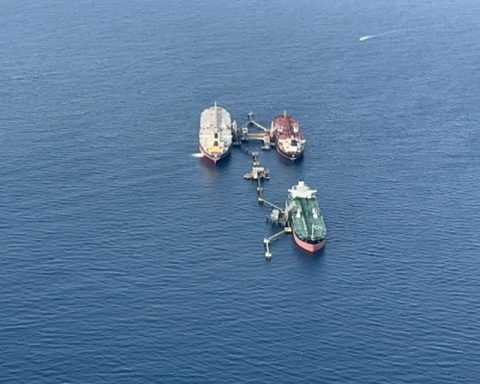MIAMI, United States. – Havana is changing its silhouette with the construction of the K23 hotel ―popularly known as Tower K or Torre López-Calleja―, which already rises to an unprecedented height in front of the iconic Coppelia, in the heart of Vedado. So far, the building has attracted both attention and controversy.
The K Tower stands in the popularly known “Hueco de 23”, near the Hotel Habana Libre. “The approximate height will be 154 meters above sea level, spread over 44 floors and two basements,” commented to the official magazine technical youth Alfredo Ledón Llanes, one of the project engineers for the work. The hotel is expected to have more than 500 rooms.
Another of those involved in the work, Osviel Carrillo, an architect from the Havana Project Company, pointed out that the design of K23 is a mixture of influences. “From its formal conception, a nod is made to contemporary architecture and to the most internationally valued Cuban architecture, such as the Focsa building and the Tryp Habana Libre Hotel,” he said.
However, not all comments on social media are admiring. Some, whether specialists or citizens interested in the subject, see in this skyscraper an element foreign to the identity of the city, its history and its traditional architecture.
There are those who say that the construction of the hotel will help to revitalize it. However, there are also those who consider that this project could have a negative impact on the daily life of the residents, due to the increase in traffic and noise. This is without counting the millions of dollars that its construction has demanded in a country that is experiencing a deep food crisis.
Those responsible for the project, however, did not allude to these concerns in their interview with technical youth. For them, the controversy boils down to the fact that K23 has been designed and built with the highest quality and safety standards and is expected to become a benchmark for the city and a pole of development for the area.
Ledón defends the quality of the construction, stating that the concrete used is more resistant than the average for Cuban construction. “This building, because it is the tallest in the city and has other complex characteristics, it was decided to work with 50 MPa concrete, double what we are used to using in Cuba,” he said.
However, there are doubts about whether the skyscraper will withstand the hurricane winds that usually hit the Island.
“The relationship between its height and its width, or slenderness, is a very important factor when designing a tall building,” says Ledón. “The slimmer you are, the more sensitive to wind. However, we have applied the Cuban norm to measure the load of the winds”.
The large hall of the restaurant will be fully glazed. In fact, the installation of the windows has already begun and, little by little, the remaining gaps in the façade are being closed.
“Everything is covered with solar control glass, which minimizes direct radiation and reflections, thereby increasing the building’s energy efficiency. In the windows of the rooms, a glass with an argon gas chamber will be installed, which further increases the thermal and acoustic insulation,” said Carrillo.
Each of the rooms will have an area between 30 and 35 square meters and will have a spacious bathroom, a dressing room and a rest area with panoramic views of the city.
















